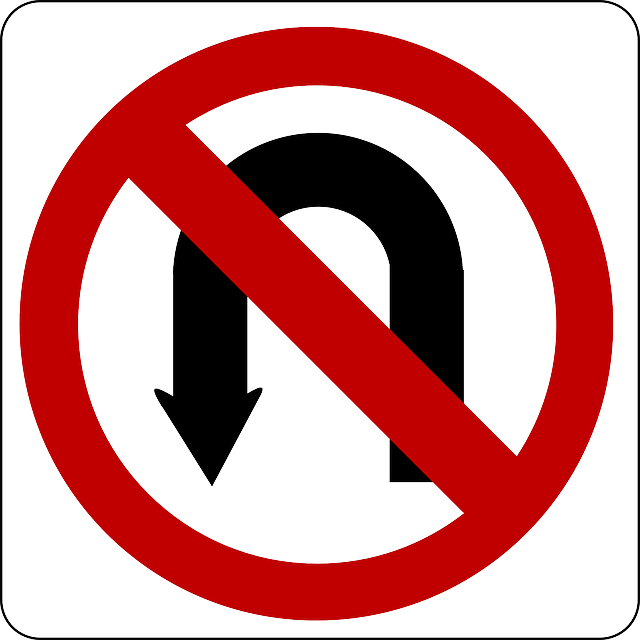英語学習において何かと批判にさらされることが多い学校英語ですが、私は、学校で学んだ英語はそれなりに役に立っていると思います。
一方で、英語力強化の妨げになる悪癖にも注意が必要です。
それは英文和訳に関連するものですが、英文和訳自体が問題というわけではなく、英文和訳の過程で身についてしまう「返り読み」癖です。
当たり前のことですが、英文は左から右へ読んでいきます。そしてピリオドまで来たときに、文章の意味が取れていなければなりません。もちろん、一度読んで意味が分からない場合もあると思います。その場合はまた文章の頭から左から右へ向かって読めばよいわけです。
ところが、英文和訳に固執してしまうと、目を右から左に行ったり来たり動かしてしまう悪癖が身についてしまいます。返り読みの悪癖です。返り読みをしている状態では、英文を読むスピードは決して上がりません。
この悪癖矯正に最適なのがリスニング学習です。リスニングは音声が流れては消えていきますので、事実上返り読みが出来ません。
しかも、自ら能動的に読む必要のあるリーディングよりも(受動的なスタンスで対応できるので)学習スタイルとしては楽です。
リスニングは英語の耳を鍛えるだけでなく、返り読みグセを直す上でも非常に有効な方法だと思います。
【English】
Although school English is often criticized in the realm of English learning, I still find it somewhat useful.
But it’s important to recognize bad habits that can hinder English proficiency.
One of the most serious bad habits is related to the practice of translating English sentences into Japanese.
It’s a basic principle that English text is read from left to right. When you reach a period, you should ideally understand the meaning of the sentence. Of course, there are cases when you might not understand the meaning after reading it once. In such cases, you can simply read the sentence again from the beginning, left to right.
However, clinging to the translation fosters a bad habit which makes your eyes move back and forth from right to left. It’s the bad habit of ‘reverse reading’.
Reverse reading constrains the speed of reading English sentences.
This habit can be corrected through listening practice. In listening exercises, the audio plays and then disappears, essentially eliminating the possibility of reverse reading.
Moreover, listening is easier as a learning style compared to reading, because it requires a passive rather than active approach.
Listening will help you understand English better, and it also helps fix the bad habit.



コメント